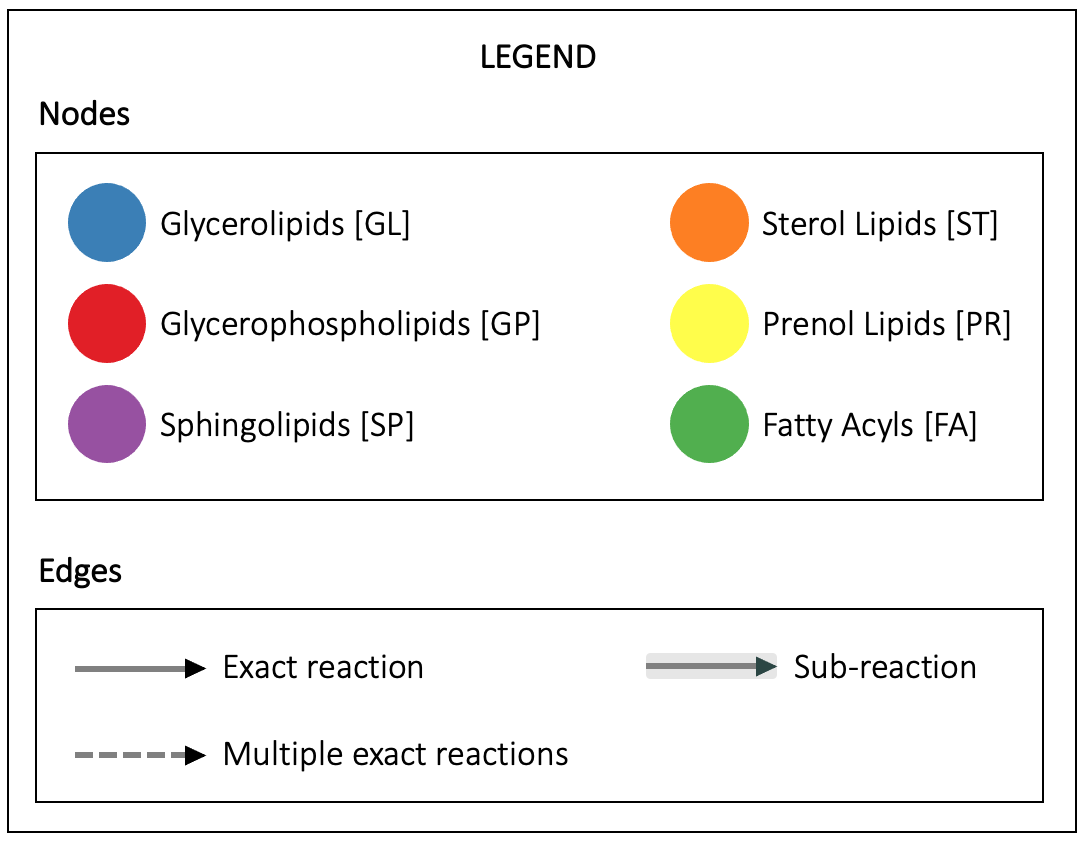Structure Database (LMSD)
Common Name
10E,12Z-octadecadienoic acid
Systematic Name
10E,12Z-octadecadienoic acid
Synonyms
- trans-10, cis-12-octadecadienoic acid
- C18:2n-6,8
- 10(E),12(Z)-ODE
3D model of 10E,12Z-octadecadienoic acid
Please note: Where there are chiral atoms but the stereochemistry is undefined, the 3D model takes an arbitrary conformation
Classification
Category
Main Class
Sub Class
Biological Context
Conjugated linoleic acid (CLA) refers to a family of 8 geometric isomers of linoleic acid in which the two double bonds are contiguous. (The predominant form of linoleic acid in nature, 18:ω6, has double bonds at 9 and 12, interrupted by a methylene carbon.) CLA is found in both meat and dairy products, but it is not found to any significant degree in plants. The predominant isomer of CLA in animal tissue is 9Z,11E; smaller amounts of 10E,12Z also occur. Various antioxidant and antitumor activities have been attributed to CLA or its downstream metabolites.1 Reported health benefits of dietary supplementation with CLA have been attributed variously to competitive inhibition of Δ6-desaturase and/or PPARγ activation.2 [Matreya, LLC. Catalog No. 1249]
This information has been provided by Cayman Chemical
References
Reactions
Filter by species:
ⓘ
Reactions are shown if the E.C. number of the enzyme catalysing it is annotated in the UniProt database for a species belonging to the selected taxonomic class.
Click on an edge to display the reaction(s).

References
String Representations
InChiKey (Click to copy)
GKJZMAHZJGSBKD-NMMTYZSQSA-N
InChi (Click to copy)
InChI=1S/C18H32O2/c1-2-3-4-5-6-7-8-9-10-11-12-13-14-15-16-17-18(19)20/h6-9H,2-5,10-17H2,1H3,(H,19,20)/b7-6-,9-8+
SMILES (Click to copy)
C(=C/C=C\CCCCC)\CCCCCCCCC(=O)O
Other Databases
Calculated Physicochemical Properties
Heavy Atoms
20
Rings
0
Aromatic Rings
0
Rotatable Bonds
14
Van der Waals Molecular Volume
329.62
Topological Polar Surface Area
37.30
Hydrogen Bond Donors
1
Hydrogen Bond Acceptors
2
logP
5.88
Molar Refractivity
86.99
Admin
Created at
-
Updated at
5th Jan 2023